Text
Msgs may be autodialed. Consent to texts not required to purchase our svcs. Msg. and data rates may apply.
Metal Roofing Atlanta, GA Depends On
10-Year Roof Labor Warranty
Over 20 Years of Experience
Free Estimates
Hours:
Request an Estimate
Hero Request Form
Thank you for contacting us.
We will get back to you as soon as possible
Please try again later
Family and Locally Owned Since 2003
AAA Metal Works is a family and locally owned business serving the metal roofing and gutter needs of customers throughout the Hiram, GA area. We offer great labor and manufacturer warranties with all services we provide.
If you file an insurance claim, we'll work with the insurance company to ensure a smooth process. Let us put our more than 20 years of industry experience to work for you. Call (770) 670-5887 or use our online form for a FREE estimate.
Why Choose AAA Metal Works?
At AAA Metal Works, our dedicated team of metal roofing and gutter technicians provides exceptional services to the Atlanta, GA community. We offer great labor and manufacturer warranties that are second to none in the industry. We attend monthly training sessions through Safety Consultants USA to ensure everyone's safety. Don't wait—call now or fill out our form to schedule your FREE estimate and see the AAA Metal Works difference for yourself.
FREE Estimates
Over 20 Years of Experience
Insurance Work Welcome
Labor and Manufacturer Warranties
Family and Locally Owned
Se Habla Español
Here's what our satisfied customers are saying...
At AAA Metal Works, we take pride in providing exceptional services for metal roofing Atlanta, GA and neighboring areas can count on. We would be grateful if you could share your thoughts about our business with others. Your feedback helps us to improve and helps others make informed decisions. Please take a moment to leave a review of AAA Metal Works and let others know what you think.
Learn More About AAA Metal Works
Located at 165 Poag Crossing, Hiram, GA, AAA Metal Works specializes in metal roofing and gutters. 10-year roof labor warranty. Over 20 years of experience. Free estimates. Call today.
Business Hours
- Mon - Fri
- -
- Sat - Sun
- Closed
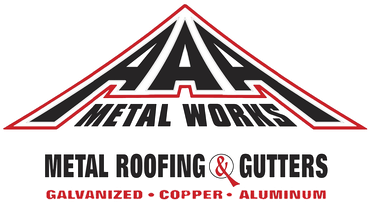
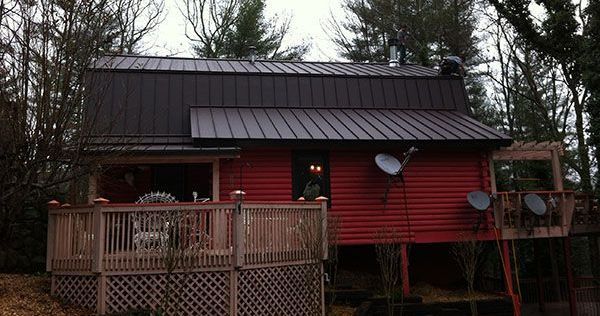
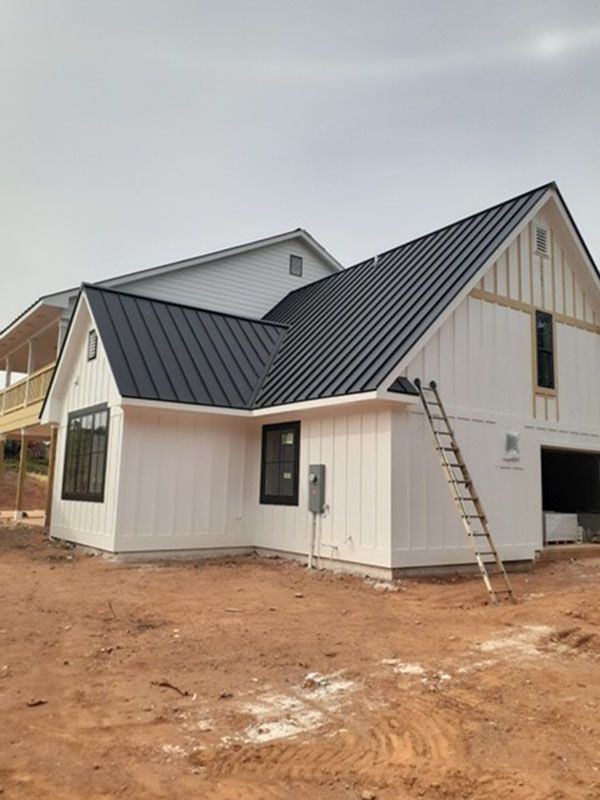
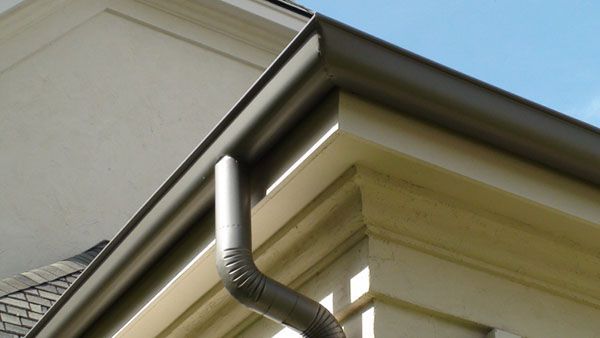
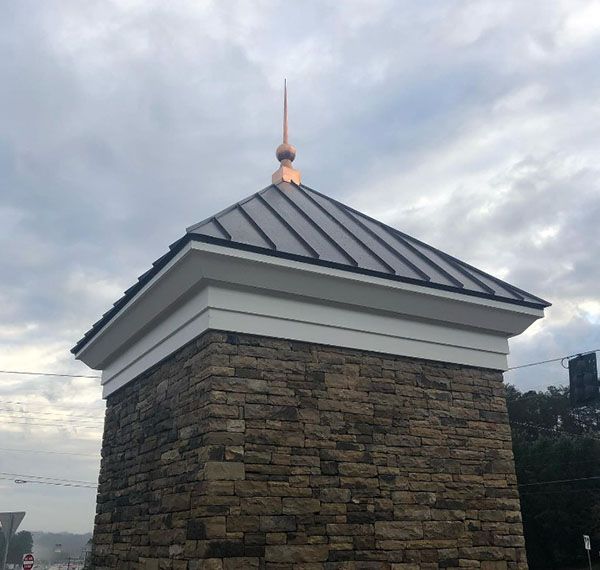
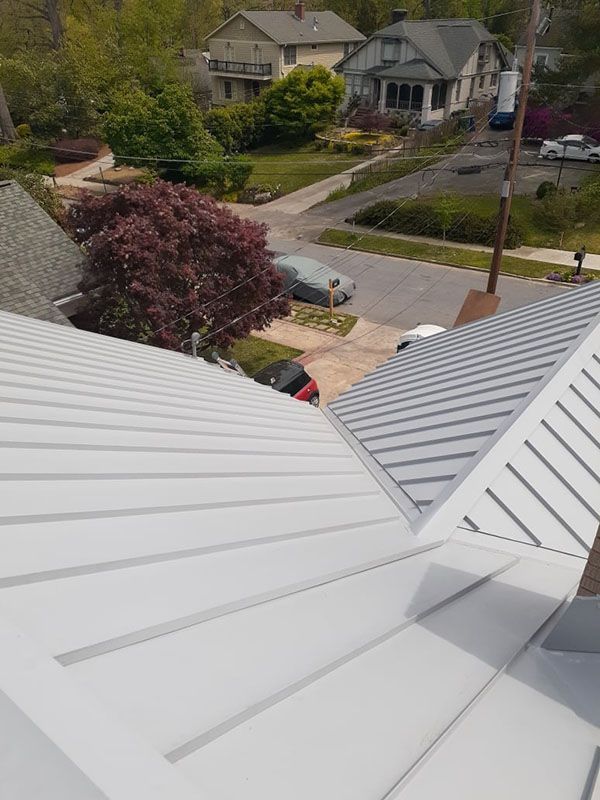
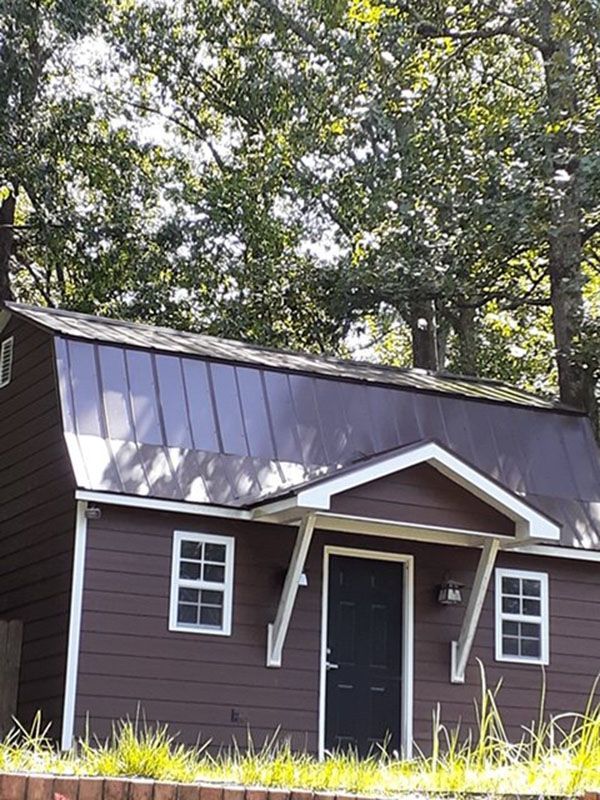
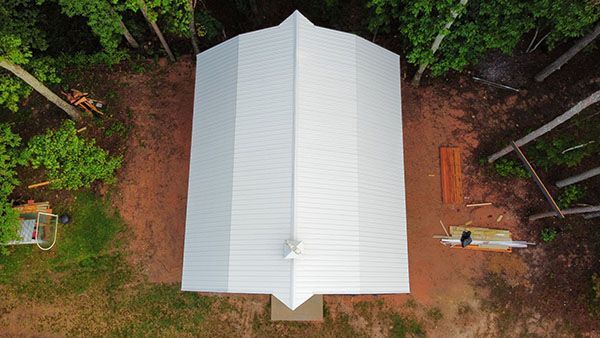
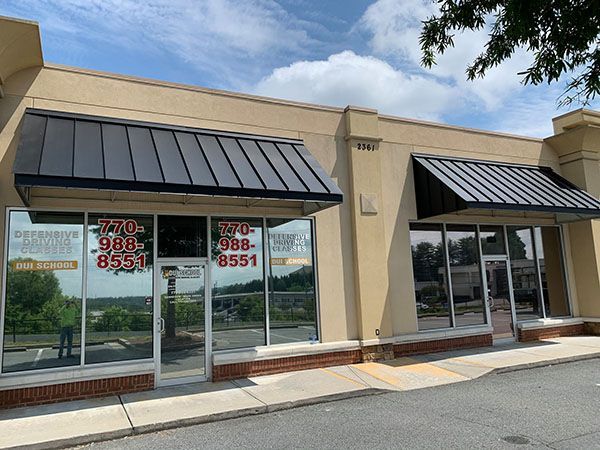

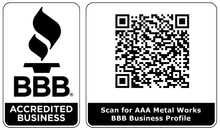
Share On: